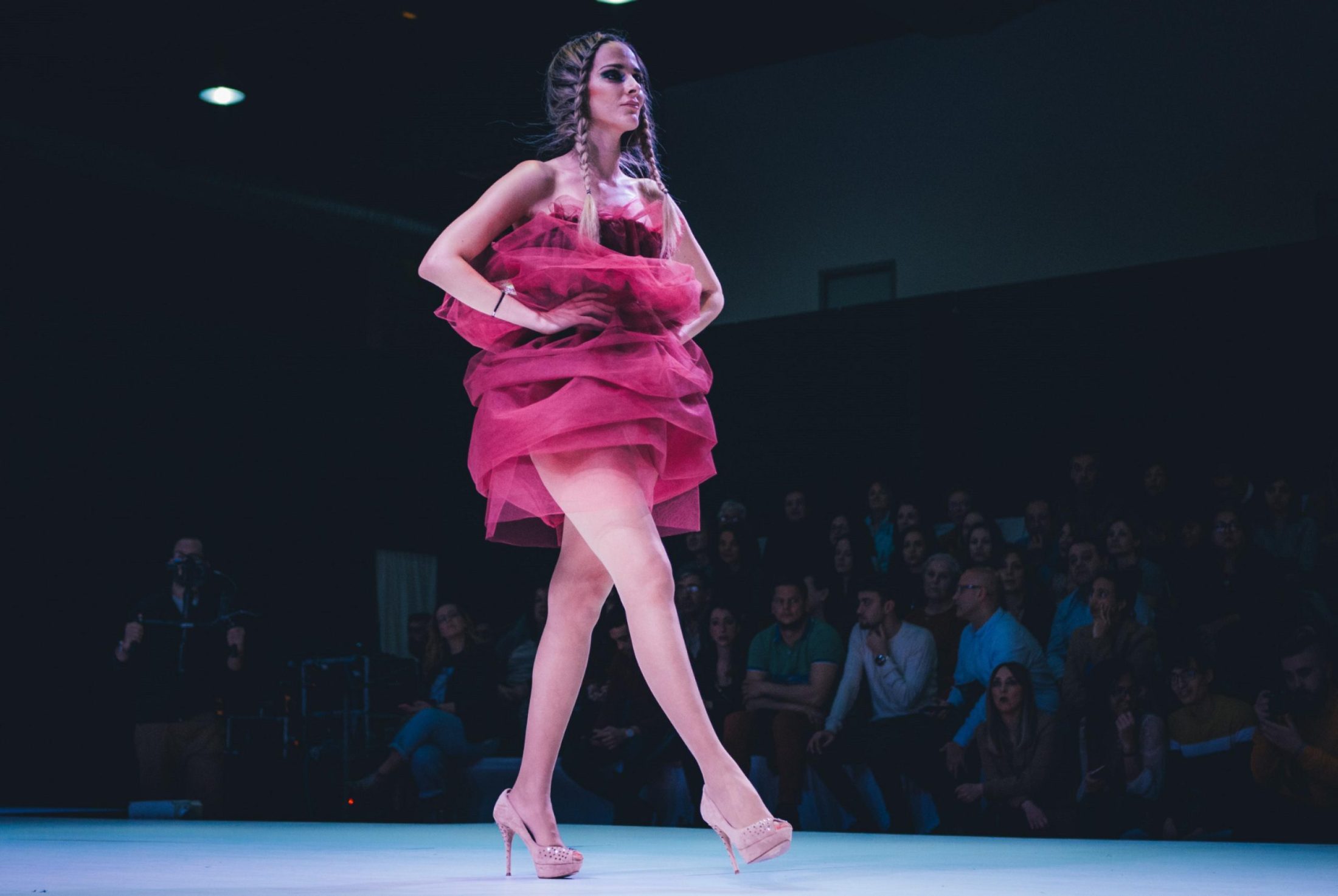Brands are more than happy to pay big money to reach out to these highly curated audiences. The influencer marketing business is well and truly on the rise. It has seen exponential growth in less than a decade. The market’s value has grown from $1.7 billion in 2016 to $13.8 in 2021. The following year, it’s projected that influencer marketing will become a $16.4 billion industry.
It’s easily understandable why there’s such appeal for influencer marketing. People follow and often emulate their favorite influencers. It’s real people creating content for the average person whose life, beliefs, or values may resonate with them. Brands tap into this connection to reach pockets of highly targeted audiences.
Change is inevitable in every industry and it appears that the influencer marketing industry is also on the cusp of a major change, one that might see human influencers competing for a slice of the pie with virtual influencers.
What are virtual influencers?
This might be the first time that you’ve heard the term virtual influencer. Simply put, these influencers are digital computer-generated avatars or characters that are made to appear like real people. They’re effectively a substitute for human influencers and are now being widely used for social media marketing.
As you’d expect, a virtual influencer exists entirely in the virtual world. Everything from their physical attributes to what they wear, how they speak, what they sound like and the environments they post pictures and videos in is computer generated. At first glance, it might be difficult to tell them apart from real influencers, given as they’re as polished and airbrushed as some of the best human influencers.
Leading virtual influencers
Lu do Magalu is one of the earliest virtual influencers as she was created back in 2009 to promote Magazine Luiza’s iBlogTV. She shares product reviews, unboxing videos, and other tips on her Instagram account which has 5.9 million followers. Magula happens to be the most followed virtual influencer in the world.
Lil Miquela is another leading virtual influencer that was created by an artificial intelligence company in 2016. The virtual persona also happens to be a singer and a YouTuber. With more than 3 million followers on Instagram, Lil Miquela has worked with some of the world’s top brands like Dior and Prada on influencer marketing campaigns.
How virtual influencers began gaining traction
Luxury fashion brands were among the first to embrace the virtual influencer trend, with these computer-generated personalities being featured in fashion promotions. Virtual influencers Margot, Shudu, and Zhi were used by Balmain in 2018 for its fashion army. Fenty Beauty also partnered with Shudu on a cosmetics campaign. Prada had Lil Miquela take over its official Instagram account for Milan Fashion Week.

With the biggest names in fashion throwing their weight behind this new phenomenon, it was only a matter of time before other brands jumped on the bandwagon as well. Brands from a diverse range of industries have now started teaming up with virtual influencers. For example, instant ramen manufacturer Nissin has collaborated with virtual YouTuber Kizuna. Samsung, Calvin Klein, and Nike have utilized Lil Miquela while even KFC has launched a computer-generated model of Colonel Sanders.
Why brands are starting to prefer virtual influencers
There are obvious benefits for brands that choose to spend their marketing dollars on influencers that aren’t humans. They can have full creative control as human influencers, particularly those that are well established, will often not give full creative control to the brands they work with.
They may want to retain a certain aesthetic that their audience prefers or may just feel that their vision for the campaign doesn’t align with that of the brand. None of that is a concern with virtual influencers. The brands can create the entire campaign exactly how they want it since they will intentionally produce everything, from the creatives to the copy.
There’s also less risk of having to deal with the fallout should a human influencer that a brand has previously collaborated with find themselves in an unsavory scandal or face backlash from their audience. Marketers are thus guaranteed full control over the messaging and the narrative even after the campaign is over. This is a level of control that is simply not possible with a human influencer.
Creating the perfect virtual influencer for your brand
It’s a fair bit of work that starts with first identifying your audience. If you’re catering to a demographic that’s not technically savvy or doesn’t use social media much then it obviously makes no sense to go down this route. Once you have a firm understanding of who you’re marketing to, the next steps will become far easier.
You need to create an entire persona around the virtual influencer. It needs to appear and feel as close to being human as possible, so this is one of the most crucial steps. Work out what characteristics, personality traits, and values you’d like your virtual influencer to have. As always, incorporate traits that will resonate with your audience.

You can always work with an external CGI firm to design and create the virtual influencer once you’ve figured out what you want it to look like.
Virtual influencers have immense future potential
Since the virtual influencer space is only just starting to expand, it provides brands with an incredible opportunity to get in on the ground floor of a trend that’s going to explode in the years to come.
This first-mover advantage will definitely come in handy when there inevitably comes a time when virtual influencers are the leading trendsetters online. Market research firm, Gartner, predicts that by 2025, 30% of influencer marketing budgets will be spent on virtual influencers, making it quite clear that this is where the influencer marketing industry intends to go in the future.





